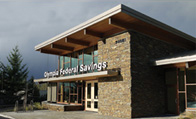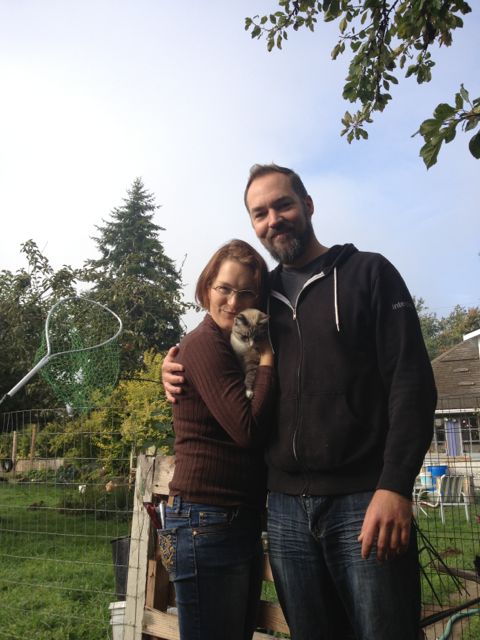By Charlene Rubinstein
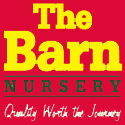 When I set out to write an article about urban farming I had no idea I would end up on a duck hunt. Dan Larsen and Mandy Zabohne were on the street looking for lost ducks when I pulled up. Their home, also known as the Olympia Light House Homestead, is down the street from the Wendell Berry Community Garden. The first thing you notice, at their home, are the many garden beds and different animal houses and coops. It really looks like a lot is happening on this half-acre lot.
When I set out to write an article about urban farming I had no idea I would end up on a duck hunt. Dan Larsen and Mandy Zabohne were on the street looking for lost ducks when I pulled up. Their home, also known as the Olympia Light House Homestead, is down the street from the Wendell Berry Community Garden. The first thing you notice, at their home, are the many garden beds and different animal houses and coops. It really looks like a lot is happening on this half-acre lot.
Last year, the Olympia City Council passed new codes that were much more permissive to urban agriculture. In addition to allowing ducks and goats, Jennifer Kenny, Associate Planner with the City of Olympia, says that other changes were made after a series of meetings in 2011 and 2012, which included input from Sustainable South Sound.
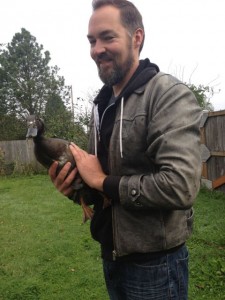
The result is an increase in the number of chickens that that are allowed and an updated definition of urban agriculture. (For complete City of Olympia urban agriculture rules, click here.) Compared to Tumwater and Lacey, Olympia is the last to make these allowances.
Back to the ducks. With a long net in hand we find the two Indian Runner ducks hiding in the bushes in the backyard of a neighbor’s home. Despite their escape antics, Mandy reassures me ducks are ideal livestock. “If I had to choose between ducks and chickens, I’d pick ducks. Duck eggs are delicious. Chickens sometimes peck their eggs or get secretive with them. And ducks are nicer to each other! They’re great, except when they run away into your neighbors yard,” she laughs. The couple also has rabbits. The City of Olympia permits lots smaller than one acre to raise five rabbits.
Another Eastside resident that is trying her hand with small animals is Heidi Bray, owner of two Nigerian Dwarf goats. This is a dairy breed and is known for high butterfat content, unlike the Pygmy, which is a meat breed. Both are considered miniature goats and the City of Olympia allows up to two in lots between five thousand square feet and one acre.
It’s hard not to feel like a rock star when you arrive at the goats’ fenced in area. The kids come running up, bleating loudly, with mom close behind. Heidi explains how she teamed up with her her friend and mentor, Ann Moelhman, who breeds her own goats.
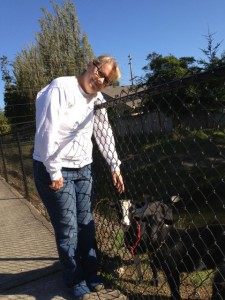
“An opportunity arose, because we needed some brush clearing and Ann raises goats. Over the summer they sustained off what was available to them but grass becomes less nutrient rich later in the summer, so now we supplement with grain and hay. This will continue for the remainder of the winter,” she describes.
Goats also come with a fair amount of responsibility. “People need a well fenced area that’s dog and goat proof. Goats climb and can get over traditional fences,” she says. Heidi’s mentor, Ann is an award winning breeder and say mentorship is integral. “This is an important part of shopping for goats and who you are going to buy from.”
Heidi feels very positive about the impact these goats have had on young and old. “Having the goats in our neighborhoood has been a great way to integrate a working animal in our neighborhood and that’s unusual in an urban setting. It’s good for community and good for the children. Plus it’s just a lot of fun,” she summarizes.
Just a few blocks down the road from the goats sits a one story house on a modest 5,000 square foot lot. But size hasn’t kept this family of four from adding chickens to the mix. Says homeowner Suzanne Wenner, “I started reading about chickens and became kind of obsessed and wanted one of each kind – blue egg layers and brown eggs. I fell for the romantic backyard chickens.” Her family eats a lot of eggs and she’s happy knowing she can control exactly what they are eating.
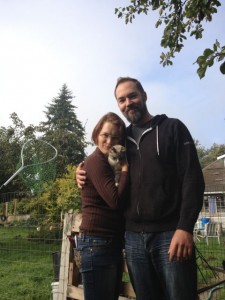
Like goats, chickens need proper fencing and shelter for protection. Together with friends, Wenner built an A-Frame chicken tractor. She then realized the birds needed somewhere to go during the rainy months, so her husband, Chris, built a chicken run. Besides having a regular egg supply, Suzanne says that chickens are good at composting food waste and their manure is useful.
“We don’t have slugs anymore and the kids really like them. They know where their food comes from and understand the life cycle better,” explains Suzanne. However, Suzanne wants people to know about the less glamorous side of having chickens, “There’s lots of dust, and flies come with having chickens. And of course they will help themselves to your garden.”
The constant, soft cooing of the hens brings a quiet calm to the backyard that makes all the work required forgotten at least for a few moments.
Related Resources About Urban Farming
Chickens
Free-Range Chicken Gardens: How to Create a Beautiful, Chicken-Friendly Yard. By Jessi Bloom
Goats
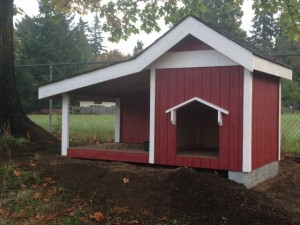
SW Washington Dairy Goat Association
Northwest Oregon Dairy Goat Association
Urban Agriculture
City of Olympia Urban Agriculture FAQ’s
Washington State University Extension, Thurston County





























